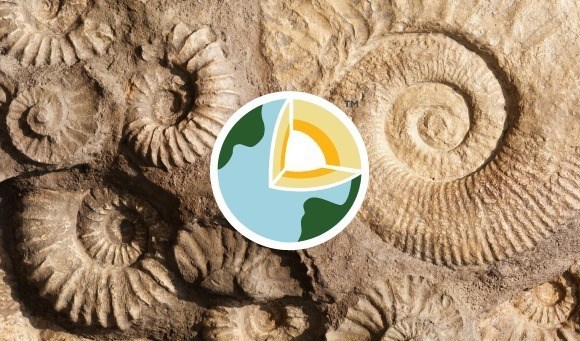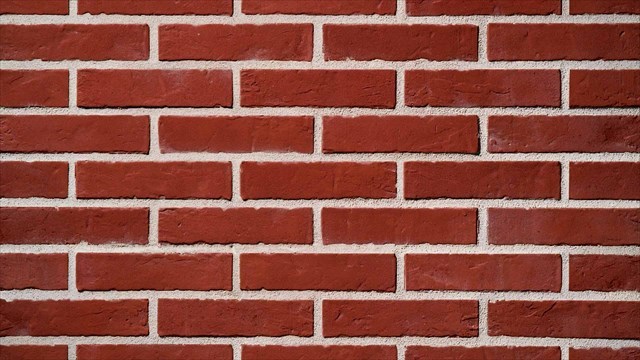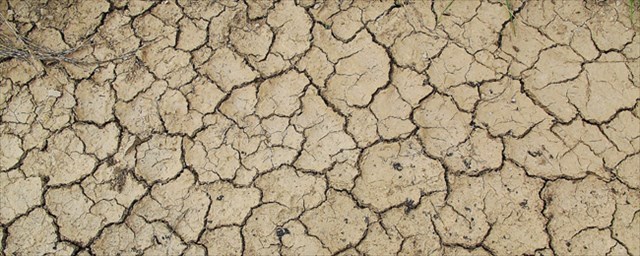Cette Earthcache a été créée à l'occasion de l'International EarthCache Day du 13 et 14 Octobre 2018.



Vous êtes devant l’hôtel Groslot, un des monuments emblématiques à visiter à Orléans.
Cet édifice possède une grande façade caractéristique en briques disposées en losanges, construite entre 1549 et 1558.

Une brique est un élément de construction généralement en forme de parallélépipède rectangle.
Les briques sont fabriquées à partir d’argile ou de terre argileuse.
L'argile hydratée est malléable et peut donc être mise en forme.
Après séchage, elle devient solide, et le reste de manière permanente après une cuisson au four.
Ces propriétés font de l’argile un matériau de choix pour la fabrication de briques ou de tuiles, mais aussi de faïences ou céramiques.
La Sologne est une région au sol argilo-sableux où la pierre de construction est pratiquement absente.
Pendant longtemps, compte tenu de son coût de fabrication, la brique est réservée à la construction des édifices religieux, seigneuriaux ou bourgeois.
Au milieu du XIXème siècle, avec notamment le développement du boisement de la Sologne en résineux et l’abondance de bois de dépressage, fournissant un combustible peu coûteux et en grande quantité, l’utilisation de la brique se développe et se démocratise.
De nombreux fours sont visibles dans la région, certains ont même leur cache (GC4RR06, GCXEBJ).

Formation géologique des argiles
Les argiles désignent de très fines particules de matières arrachées aux roches par l'érosion ainsi que des minéraux argileux ou phyllosilicates.
La plupart de ces particules proviennent de la désagrégation de roches silicatées : du granite (mica et feldspath), du gneiss ou encore des schistes.
Ces particules sont transportées par le vent ou l'eau sous forme de limon ou de vase.
Les fleuves véhiculent des argiles qui finissent par se déposer en alluvions, dans le cours d'eau lui-même, à son embouchure, dans un lac ou dans la mer.
Les dépôts peuvent alors sédimenter et former une roche argileuse par diagenèse : déshydratation et compactage.
En tant que roches sédimentaires, les affleurements argileux présentent une succession de strates empilées les unes sur les autres.
Les Argiles dans la région d’Orléans
Au Nord-Nord-Est et à l'Ouest : ils forment sur une grande étendue un territoire imperméable, marécageux et infertile, recouvert par la majeure partie de la Forêt d'Orléans. Sur une épaisseur pouvant atteindre 12 m. Cette formation comprend des sables argileux, des sables purs le plus souvent grossiers et des argiles bigarrées grises, verdâtres ou beiges.
Au Sud d'Orléans : les limons de Loire, plus souvent gris, gris foncés. Les argiles, particulièrement celles de Sologne, servaient encore récemment à la fabrication de tuiles et briques.

Couleurs des argiles
Les particules d'argile ne sont nullement responsables de la couleur du sol.
À l'état naturel, les couleurs des sols argileux proviennent des oxydes qu'elles contiennent (oxyde de fer, parfois oxyde de titane et autres).
La couleur d'une argile est due au type d’oxyde de fer présent dans le sol :
- rouge, orange, jaune : Fe3+
- vert, bleu : Fe2+
Lorsque le sol est d'une couleur tendant vers le blanc, c'est que cet élément a été dissous ou évacué.
Les argiles se colorent aussi à la cuisson, et la couleur de la brique ainsi obtenue peut varier selon les conditions de cuisson.
Afin de pouvoir loguer cette EarthCache, vous devez répondre à ces questions :
1. Comment se forme l’argile ?
2. Où peut-on trouver de l’argile dans la région d'Orléans ?
3. De nombreux bâtiments du quartier sont en briques de diverses couleurs . Pour chacun des 5 waypoints de cette Earth, indiquez la ou les couleurs des briques du bâtiment ainsi que l'élément chimique ayant permis d'obtenir cette couleur.
4. Sur l'hôtel Groslot, trouvez Ducerceau. En dessous, comptez le nombre de briques dont l'argile contient avec certitude du Fe3+, et comptez aussi le nombre de briques dont la composition de l'argile ou la cuisson sont plus incertaines.
5. Joignez une photo à votre log, faisant apparaître l’hôtel Groslot ainsi que votre pseudo gécoaching et la date du jour (écrits sur un papier, votre main, ou tout autre support). Vous n'êtes pas obligés d’apparaître sur la photo.
Vous trouverez les réponses aux questions 1 et 2 sur cette fiche.
Les questions 3, 4 et 5 nécessitent d'être sur place.
Envoyez moi vos propositions de réponses via la messagerie geocaching.com (Message Center), je vous contacterai en cas de problème.
Loguez cette EarthCache en "Trouvée", en ajoutant la photo à votre log.
Les logs de ceux qui n'auront pas envoyé de réponse ou pas joint la photo dans leur log, seront supprimés sans préavis.
-----------------------------------------------------------------------------------------------------------------------------------------------------


You are in front of the hotel Groslot, one of the symbolic monuments to be visited in Orléans.
This building possesses a big brick-built characteristic facade arranged in diamonds, built between 1549 and 1558.

A brick is an element of construction generally in the shape of parallelepiped rectangle.
Bricks are made from clay or from clay soil.
The hydrated clay is moldable and can be thus shaped.
After drying, it becomes solid, and the rest in a perm way after an oven cooking.
These properties make some clay a material of choice for the manufacturing of bricks or tiles, but also earthenwares or ceramic.
Sologne is a region on the argilo-sandy ground where the stone of construction is practically absent.
For a long time, considering its manufacturing cost, the brick is reserved for the construction of the religious, seigneurial or bourgeois buildings.
In the middle of the XIXth century, with in particular the development of the afforestation of Sologne in conifer and the wooden abundance of dépressage, supplying a little expensive and in great quantities fuel, the use of the brick develops and becomes more democratic.
Numerous ovens are visible in the region, some have even their cache (GC4RR06, GCXEBJ).

Geological formation of clays
Clays indicate very fine particles of materials torn away from rocks by the erosion as well as from clayey minerals or phyllosilicates.
Most of these particles result from the disintegration of silicates rocks: some granite (mica and feldspar), some gneiss or still schists.
These particles are transported by the wind or the water in the form of silt or of vase (mud).
Rivers convey clays which eventually depositin alluviums, in the very stream, in its mouth, in a lake or in a sea.
The deposits can then sediment and form a clayey rock by diagenese: dehydration and compaction.
As sedimentary rocks, the clayey outcrops present a succession of strata piled the some on the others.
Clays in the region of Orléans
In the North-northeast and on the West : they form on a big area a waterproof, swampy and barren territory, covered by the major part of the Forest of Orléans. On a thickness which can reach 12 m. This training includes clayey sands, most of the time unrefined pure sands and grey, greenish or beige colorful clays.
In the South of Orléans: silt of the Loire, more often grey, grey darkened. Clays, particularly those of Sologne, were even of use recently to the manufacturing of tiles and bricks.

Colors of clays
The particles of clay are responsible by no means for the color of the ground.
In the natural state, the colors of the clayey grounds result from oxides which they contain (iron oxide, sometimes oxide of titanium and others).
The color of a clay is due to the type of oxide of present iron in the ground:
- Red, orange, yellow: Fe3 +
- Green, blue: Fe2 +
When the ground is of a color aiming towards the white, it is that this element was dissolved or evacuated.
Clays are also colored in the cooking, and the color of the brick so obtained can vary according to the conditions of cooking.
To be able to log this EarthCache, you have to answer these questions:
1. How forms the clay?
2. Where can we find some clay in the region of Orléans ?
3. Numerous buildings of the district are brick-built of diverse colors. For each 5 waypoints of this Earth, indicate one or several colors of the bricks of the building as well as the chemical element having allowed to obtain this color.
4. On the hotel Groslot, find Ducerceau. Underneath, count the number of bricks the clay of which contains with certainty of Fe3 +, and count the number of bricks among which the composition of the clay or the cooking are more incertaines.
5. Attach a photo to your log, showing the hotel Groslot as well as your gecoaching nickname and today's date (written on paper, your hand, or any other medium). You don't have to appear in the photo.
You will find the answers to the questions 1 and 2 on this description.
The questions 3, 4 and 5 require to be on site.
Send me your proposed answers via geocaching.com messaging (Message Center), I will contact you in case of any problem.
Log this EarthCache in "Found it", attaching the photo in the log.
The logs of those who have not sent a response or not attached the photo will be deleted.